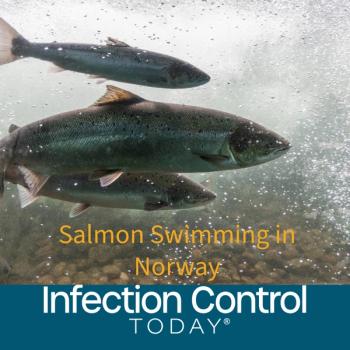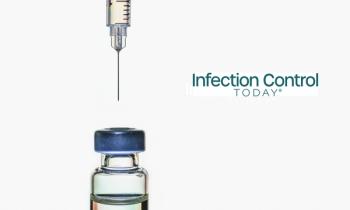
First Human-to-Human Coronavirus Transmission in US Confirmed
The World Health Organization has just declared the outbreak a global health emergency.
Almost from the beginning of the Wuhan coronavirus outbreak, the US Centers for Disease Control and Prevention (CDC) warned about traveling and interacting with anybody who’s traveled abroad, especially to China. Today the CDC confirmed the first human-to-human transmission of the disease in the United States. It’s the spouse of the Chicago woman who caught the virus when traveling to Wuhan. Shortly after that announcement, the World Health Organization (WHO) labeled the outbreak i a public health emergency of international concern (PHEIC).
To date, more than 6000 cases of the 2019-nCoV have been reported worldwide. The WHO notes that approximately 1% of cases have occurred outside of China.
Tedros Adhanom Ghebreyesus, PhD, WHO director-general, explained that individuals who have contracted 2019-nCoV are experiencing a wide variety of symptoms. In most patients, symptoms are milder, but approximately 1 in 5 individuals have experienced severe illness including severe pneumonia and respiratory failure.
As of January 29, 2020, there have been
Yesterday a flight carrying approximately 210 US citizens
According to the US Centers for Disease Control and Prevention (CDC), the aircraft was met by medical officers from the agency to evaluate the health of each passenger. The individuals were each evaluated prior to boarding the plane and along the journey.
Additionally, the CDC is
Earlier this week the CDC
The agency has issued a
This first appeared in
Newsletter
Stay prepared and protected with Infection Control Today's newsletter, delivering essential updates, best practices, and expert insights for infection preventionists.





